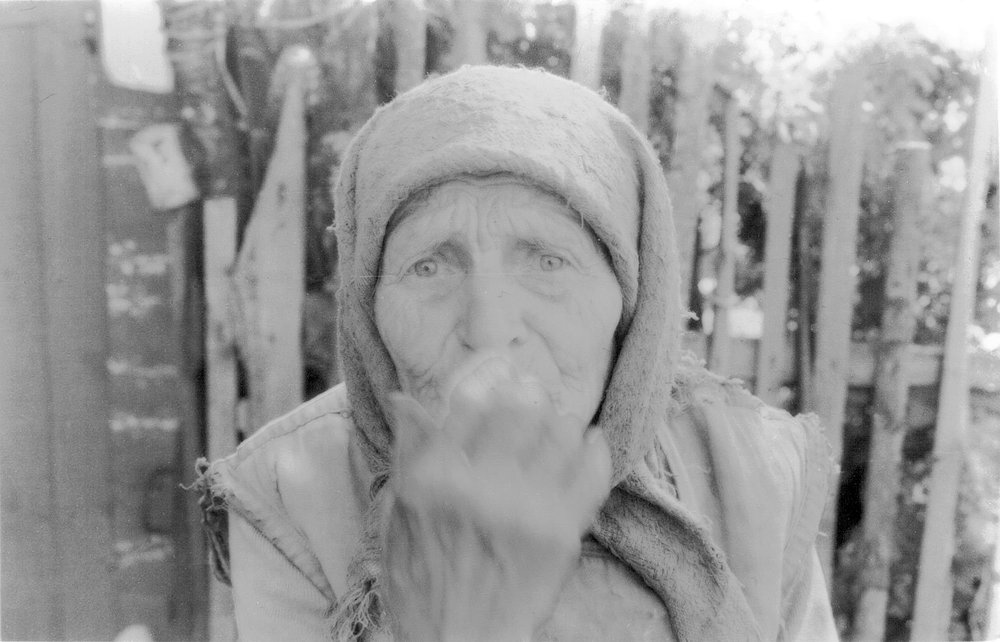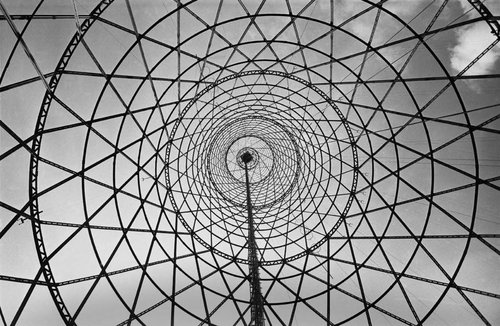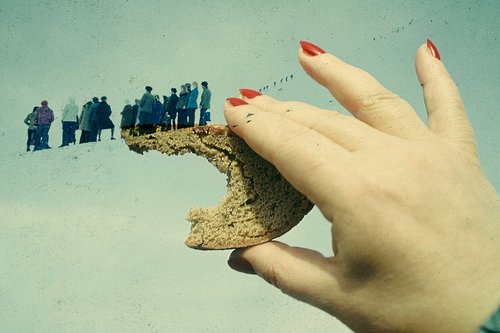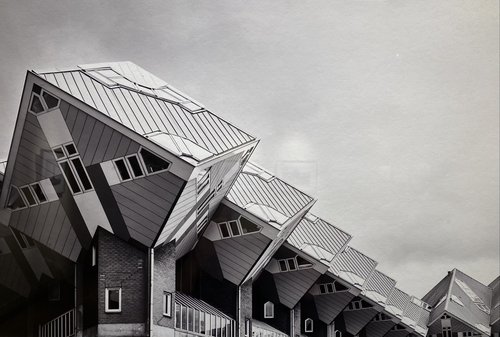Kupriyanov’s Mistake: Why Archive-Based Art Does Not Age Well

Vladimir Kupriyanov. From the 'Sergeyevskoe' series, 2006-2009. Courtesy of Moscow Museum of Modern Art
What happens when an archive-based art project becomes the archive material itself? Reflecting on the idiosyncratic work of photographer Vladimir Kupriyanov currently on show at the Moscow Museum of Modern Art, art critic and curator Mikhail Sidlin calls out the paradox of archival works becoming obsolete.
For most of his life artist Vladimir Kupriyanov (1954–2011) lived in the Moscow suburbs and photographed subjects taken from his own milieu, but he exhibited widely outside Russia becoming one of the most sought-after artists of what is referred to as the new Moscow photography of the 1980s and 1990s. ‘Time Revisited’ is the title of the first museum retrospective ever staged sinced he passed away over a decade ago which both references his own work and the fact that in recent years his name has virtually fallen out of the exhibition circuit.
The main issue today with Vladimir Kupriyanov’s work is that it is outdated. I find it hard to write this because we were close for many years, and I curated the first group exhibition dedicated to his memory in 2014. But the reasons for this disappearance are as symptomatic as the reasons why they were relevant in the late 20th century.
I still remember that feeling of elation when thirty years ago I first saw Vladimir Kupriyanov's photographic object ‘Rodionovs’ (1991) at the exhibition ‘The Art of Contemporary Photography. Russia. Ukraine. Belarus’, which had been organised by Evgeny Berezner at the Central House of Artists in Moscow. This exhibition was the first manifesto of post-Soviet photography, and Kupriyanov’s works at the exhibition stood apart from the rest because of their method of representation: they were three-dimensional. In an era of photography in Russia which saw most photographers aiming at finally telling the truth after years of artistic repression, Kupriyanov moved away from what he saw as an overly straightforward approach and found his own way of talking about the problems that troubled Russia in the 1990s.
Vladimir Kupriyanov is an artist who discovered nostalgia as a theme, installation as a method and print film as a material. Kupriyanov's works are imbued with nostalgia for a disappearing village life and the lost working class, for the (Tsarist) ‘Russia we lost’ and for the church which was destroyed by the Soviets. Everything that had been forgotten or was disappearing could come to life in his hands thanks to photographs whether his own or found, by known photographers or anonymous amateurs, turned into the basis for objects and installations.
Kupriyanov is the founder of the photo-installation genre in Moscow. The art of installation in Russia was barely in its first decade when Kupriyanov discovered and made it his own. He was from the generation immediately after the pioneers of Moscow conceptualism and he turned to their experience and that of his own peers (the first artist to make total installations in Russia, Irina Nakhova, b. 1955, belongs to the same ‘thaw’ generation as Kupriyanov). The founders of ‘Moscow Romantic’ conceptualism came from the environment of book illustrators, from which Kupriyanov himself, who in the late Soviet years was engaged in photographic design, emerged.
Transparent polygraphic film is the basis for photographic output, the matrix for offset printing. You could get acquainted with this material in any offset printing house in the 1980s (although there were very few in Moscow). But Kupriyanov was the first in Russia to discover the spatial possibilities of this material – he realised that it was possible to manipulate raster and print densities for sculptural purposes. It is worth dividing a photograph into plans, printing each one on a separate film, and sometimes separately printing a colour image and a black-and-white one as a silhouette, or a shadow, or a projection, allowing to estrange archival material.
Kupriyanov read an old photograph as a multi-layered score, which could be divided into separate voices and connected in space so that the air between the layers vibrates as an independent message. His works are extremely difficult to reproduce in print because the air disappears, and when ‘flattening’ them there is a mishmash of superimpositions. He was helped by a polyphonic visual ear, developed by long years spent in concert halls, he was was a great admirer and connoisseur of classical music.
As Canadian philosopher Marshall McLuhan (1911–1980) observed, the medium is the message. The medium of transparent plastic proved to be an ideal way to reveal nostalgia for any object and any era, decomposing an archival image into its separate components, and thus creating a new contemporary image. And the problem with this medium and this method of working with it is the same as the solution itself. The issue is that such a solution is in the zone of museum work with the material and differs little from a museum installation, in other words a modern way of representing ancient visual material in the space of a historical (or any other) museum. This is especially clear in his project ‘Karelin’ (1998–2001), dedicated to Andrei Karelin (1837-1906), the founder of the 19th century Nizhny Novgorod school of photography, where Kupriyanov's own artistic statement is buried under Karelin's work. Kupriyanov exhibited his works in local museums numerous times, and he himself had worked for some time as director of the museum-apartment of Antonina Nezhdanova, a famous Russian opera singer, and was conscious of this danger: the erasure of authorship when an artist works with archives. That is why in the end he returned to his own photographs and turned away from interpreting archives.
In the 1990s Kupriyanov’s art was in high demand but the main problem with Kupriyanov's recognition as an artist was that while his method of working was understandable and respected by his colleagues, the themes in his work and their intonation were alien to contemporary Western audiences: the only theme to which they could relate was a nostalgia for the working class. During his lifetime, among the few promoters of his art outside Russia were Olga Sviblova, director of the Moscow House of Photography (currently Multimedia Art Museum, Moscow), who published the only major catalogue of his work produced during Kupriyanov's lifetime and Nailya Alexander, a New York-based gallerist who held the first group exhibition in 2012, which included Kupriyanov's works, although this was already after he passed away. By the middle of the 2000s, interest in his works in Russia began to wane.
The main problem of any work with an archive is that over time it becomes an archive itself. And if the original intention of the work loses relevance, then the work itself loses relevance. And this is not about the theme of the archive itself. Because any work with the archive has its own intention, which belongs to the age of the processor, not to the age of the material.
This is well known to those who work to identify art forgeries. When a fake ages, it is easier to find because it ages differently from the original items of the era and because the forger's approach to the material matches his era and not the era of the material, and when our knowledge increases and perceptions change, it becomes easier to find the fake.
The artist who lives in his epoch does not have to think about it, because he expresses what his time wants to say. He himself is that time, and sooner or later he goes into the archive with it. But an artist who works with an epoch other than his own has to remember this, because his work changes with his epoch, and the epoch he depicts changes in a different way.
The feeling of nostalgia for the ‘beautiful past’ of tsarist Russia was characteristic of a narrow circle of progressive intellectuals in big cities in Russia in the later years of Soviet era as a feeling that was anti-Soviet at its core. It was this feeling that permeated many of Kupriyanov’s works, but today this feeling has been completely absorbed by mass culture and is one of the foundations of contemporary imperial ressentiment. And the discourse of longing for the Russian countryside belongs entirely to Slavophilic clichés. This is not to say that Kupriyanov did not realise this, and in the last decade of his life he turned increasingly to the church, seeing Russian Orthodox culture as an alternative.
The time for archival work passes rather quickly. Because nostalgia changes its themes. The paradox is that today Kupriyanov’s earliest works from the 1980, in the spirit of Sots Art, constructed from his own images, are most relevant because they read as analyses of the ‘Soviet’ that are still relevant. Every nostalgia has its own time.
Vladimir Kupriyanov. Time Revisited
Curated by Viktor Misiano
3 October – 24 November 2024

















